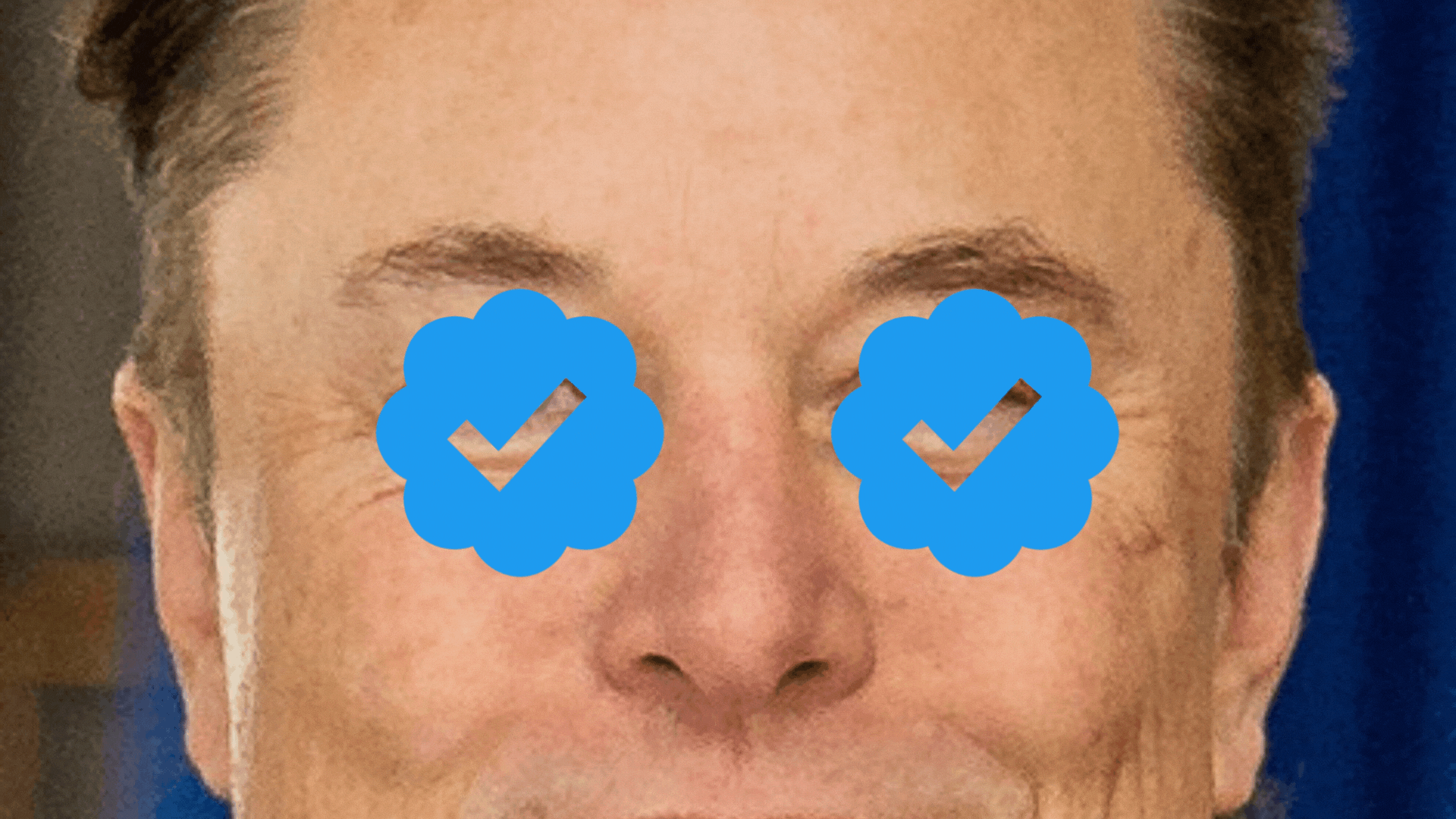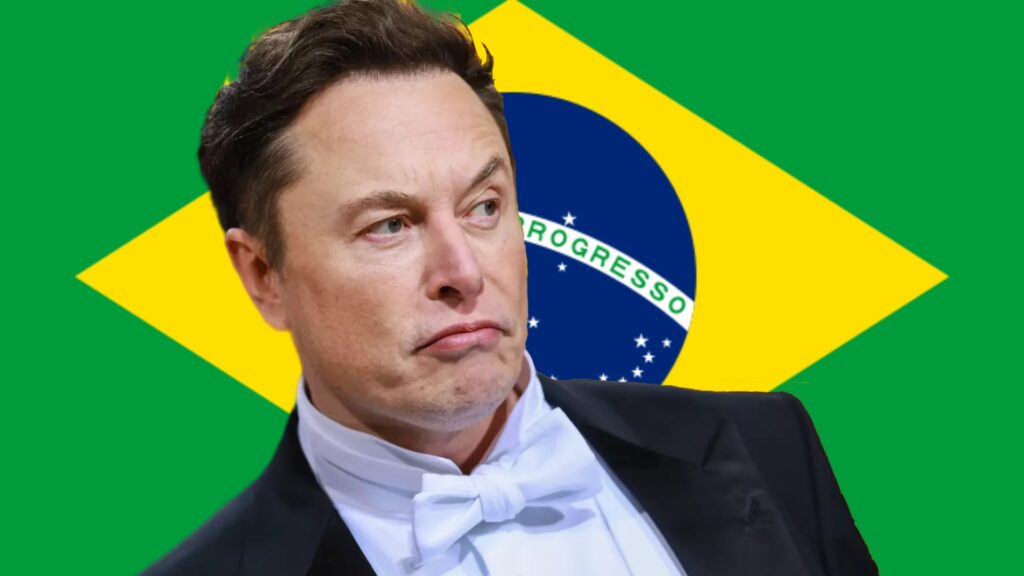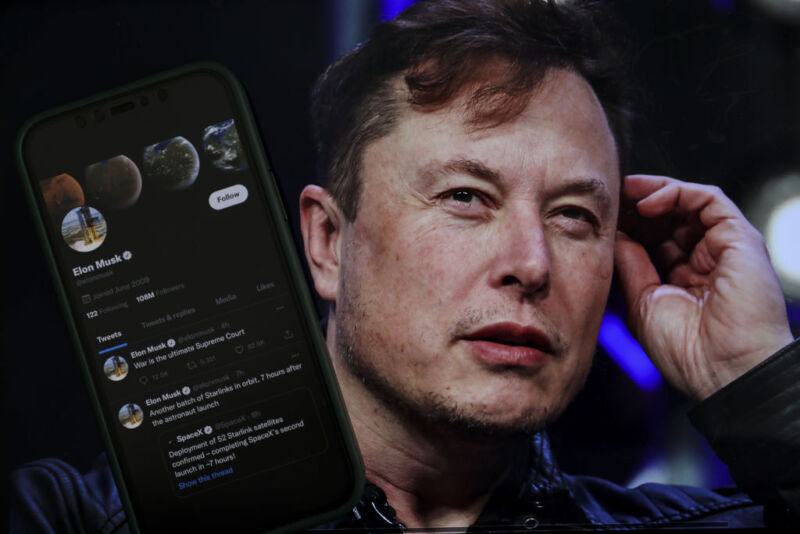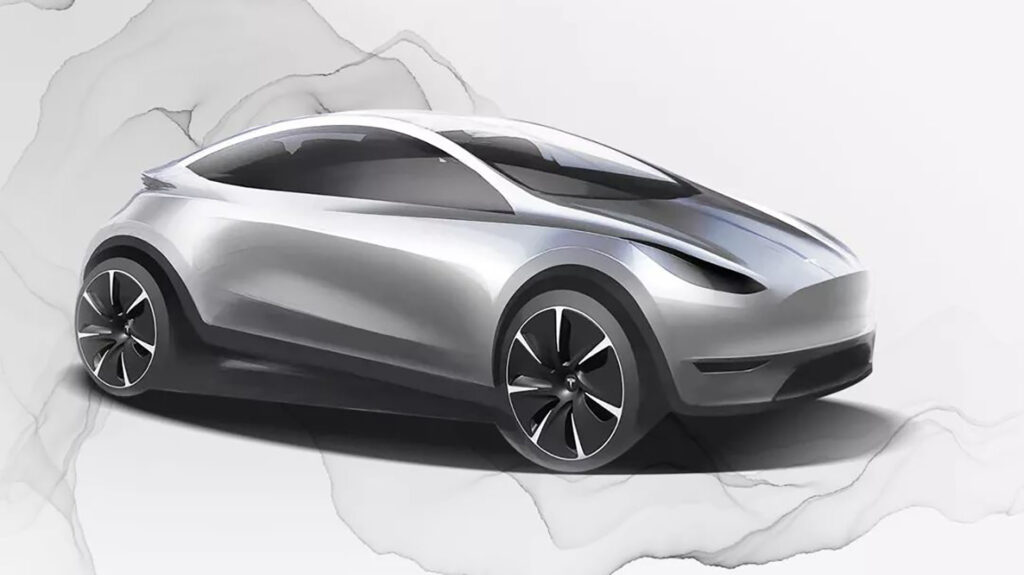-
 chevron_right
chevron_right
Elon Musk’s X to stop allowing users to hide their blue checks
news.movim.eu / ArsTechnica · 6 days ago - 15:15
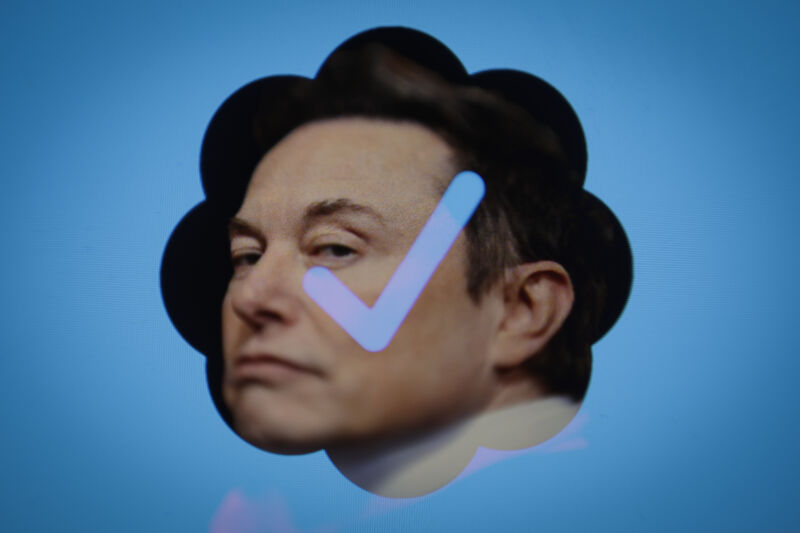
Enlarge (credit: NurPhoto / Contributor | NurPhoto )
X will soon stop allowing users to hide their blue checkmarks, and some users are not happy.
Previously, a blue tick on Twitter was a mark of a notable account, providing some assurance to followers of the account's authenticity. But then Elon Musk decided to start charging for the blue tick instead, and mayhem ensued as a wave of imposter accounts began jokingly posing as brands .
After that, paying for a blue checkmark began to attract derision, as non-paying users passed around a meme under blue-checked posts, saying, "This MF paid for Twitter." To help spare paid subscribers this embarrassment, X began allowing users to hide their blue check last August, turning "hide your checkmark" into a feature of paid subscriptions.

